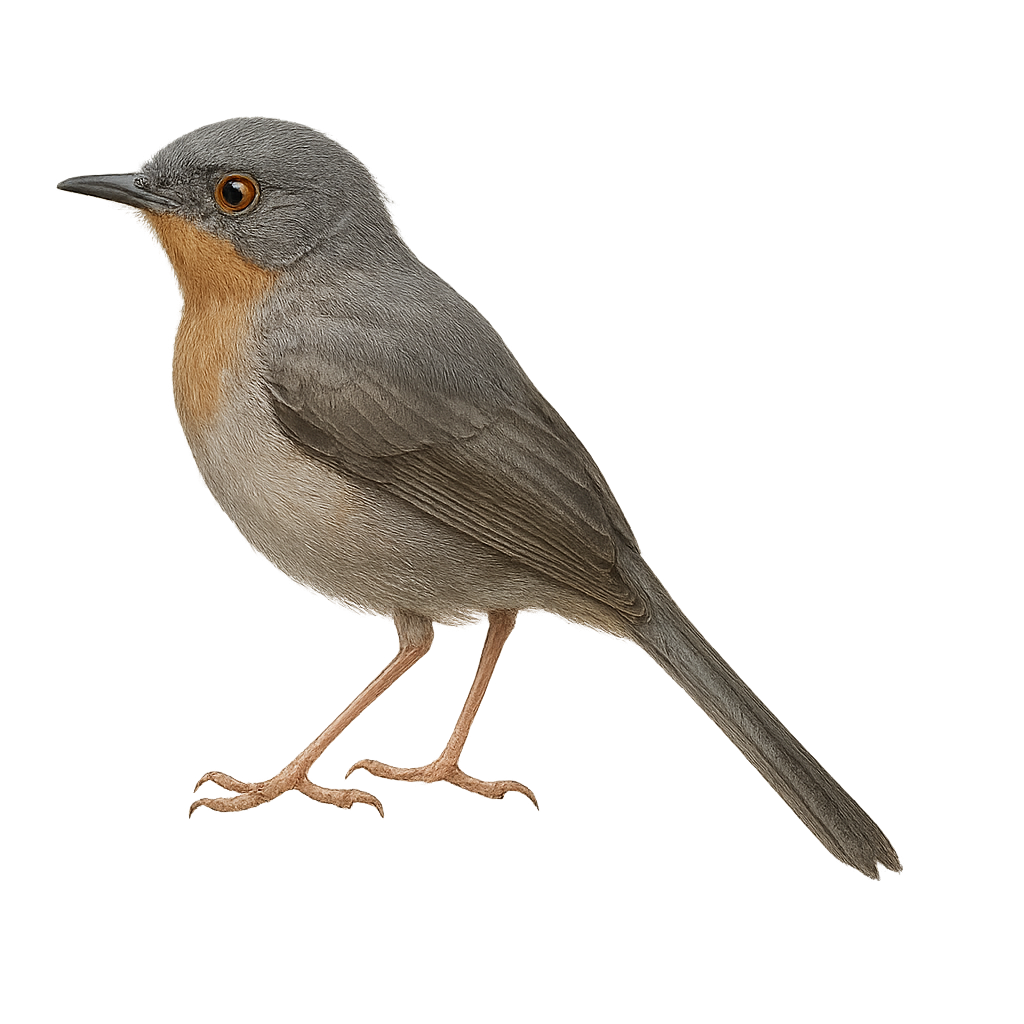Your wildlife photography guide.
Explore the rufous-throated apalis in detail, study its behavior, prepare your shots.
Where to observe and photograph the rufous-throated apalis in the wild
Learn where and when to spot the rufous-throated apalis in the wild, how to identify the species based on distinctive features, and what natural environments it inhabits. The WildlifePhotographer app offers tailored photography tips that reflect the rufous-throated apalis’s behavior, helping you capture better wildlife images. Explore the full species profile for key information including description, habitat, active periods, and approach techniques.
Rufous-throated Apalis
Scientific name: Apalis rufogularis

IUCN Status: Least Concern
Family: CISTICOLIDAE
Group: Birds
Sensitivity to human approach: Suspicious
Minimum approach distance: 10 m
Courtship display: September to November
Incubation: 12-14 jours
Hatchings: September to December
Habitat:
tropical forests, subtropical forests, wooded savannas
Activity period :
Primarily active during the day, with peak activity in the morning and late afternoon.
Identification and description:
The Rufous-throated Apalis is a small passerine bird belonging to the Cisticolidae family. It is primarily found in the tropical and subtropical forests of Central and East Africa. This bird is distinguished by its reddish throat, which contrasts with its white belly and olive-grey back. The wings and tail are generally darker, providing a nice contrast with the rest of the plumage. The Rufous-throated Apalis is an active bird, often observed in small groups or pairs, moving quickly through foliage in search of insects and spiders. Its song is a soft, melodious trill, often heard before the bird is seen. Although not considered threatened, deforestation and habitat loss pose potential threats to its populations.
Recommended lens:
400 mm – adjust based on distance, desired framing (portrait or habitat), and approach conditions.
Photography tips:
To photograph the Rufous-throated Apalis, it is advisable to use a 400mm lens or longer to capture detailed images without disturbing the bird. Look for it in tropical and subtropical forests, where it is often active during the day. Be patient and wait for it to perch on a clear branch to get a sharp photo. Listen for its melodious song to locate it more easily. Use a tripod to stabilize your camera, especially in shaded areas where light may be limited.
The WildlifePhotographer App is coming soon!
Be the first to explore the best nature spots, track rutting seasons, log your observations, and observe more wildlife.
Already 1 450 wildlife lovers subscribed worldwide

